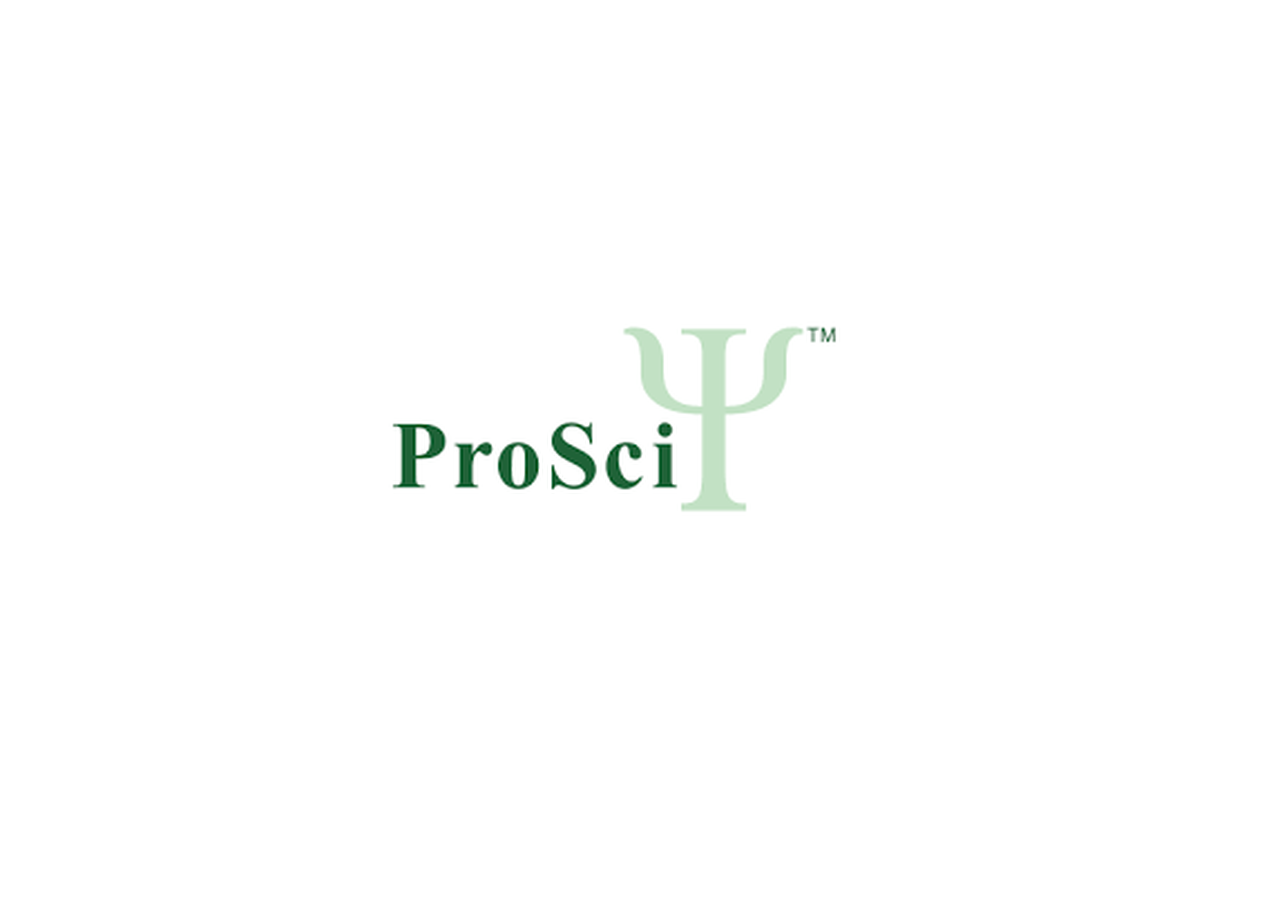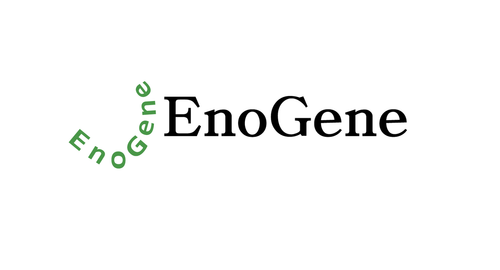Product Description
ATP6V0C Antibody | 55-198 | ProSci
Host: Rabbit
Reactivity: Human, Mouse
Homology: Predicted species reactivity based on immunogen sequence: C. Elegans, Bovine, Drosophila, Rat
Immunogen: This ATP6V0C antibody is generated from rabbits immunized with a KLH conjugated synthetic peptide between 100-126 amino acids from the C-terminal region of human ATP6V0C.
Research Area: Signal Transduction
Tested Application: WB
Application: For WB starting dilution is: 1:1000
Specificiy: N/A
Positive Control 1: N/A
Positive Control 2: N/A
Positive Control 3: N/A
Positive Control 4: N/A
Positive Control 5: N/A
Positive Control 6: N/A
Molecular Weight: 16 kDa
Validation: N/A
Isoform: N/A
Purification: This antibody is purified through a protein A column, followed by peptide affinity purification.
Clonality: Polyclonal
Clone: N/A
Isotype: Rabbit Ig
Conjugate: Unconjugated
Physical State: Liquid
Buffer: Supplied in PBS with 0.09% (W/V) sodium azide.
Concentration: batch dependent
Storage Condition: Store at 4˚C for three months and -20˚C, stable for up to one year. As with all antibodies care should be taken to avoid repeated freeze thaw cycles. Antibodies should not be exposed to prolonged high temperatures.
Alternate Name: V-type proton ATPase 16 kDa proteolipid subunit, V-ATPase 16 kDa proteolipid subunit, Vacuolar proton pump 16 kDa proteolipid subunit, ATP6V0C, ATP6C, ATP6L, ATPL
User Note: Optimal dilutions for each application to be determined by the researcher.
BACKGROUND: ATP6V0C is a component of vacuolar ATPase (V-ATPase) , a multisubunit enzyme that mediates acidification of eukaryotic intracellular organelles. V-ATPase dependent organelle acidification is necessary for such intracellular processes as protein sorting, zymogen activation, receptor-mediated endocytosis, and synaptic vesicle proton gradient generation. V-ATPase is composed of a cytosolic V1 domain and a transmembrane V0 domain. The V1 domain consists of three A and three B subunits, two G subunits plus the C, D, E, F, and H subunits. The V1 domain contains the ATP catalytic site. The V0 domain consists of five different subunits: a, c, c', c', and d. ATP6V0C encodes the V0 subunit c.
 Euro
Euro
 USD
USD
 British Pound
British Pound
 NULL
NULL










